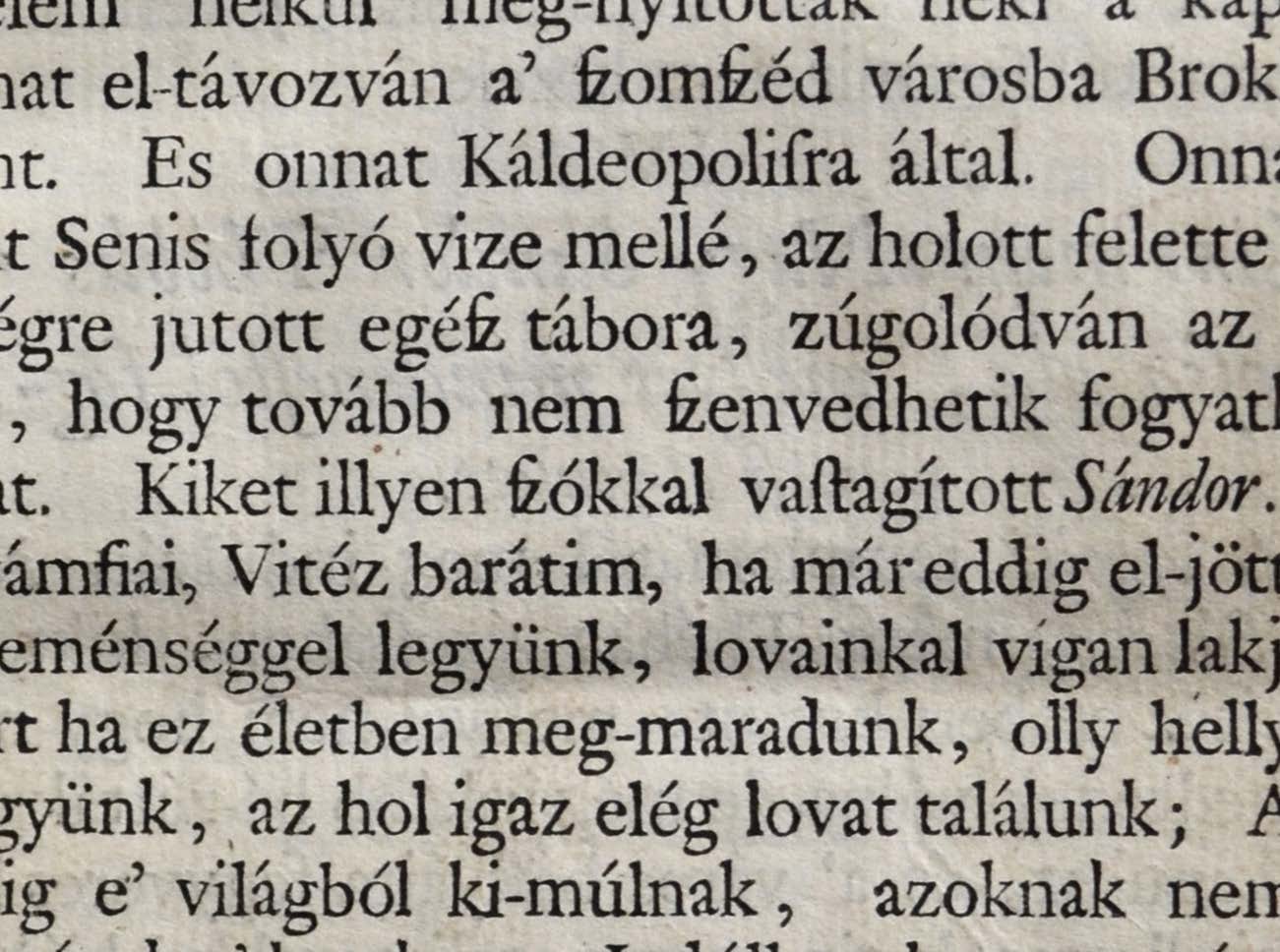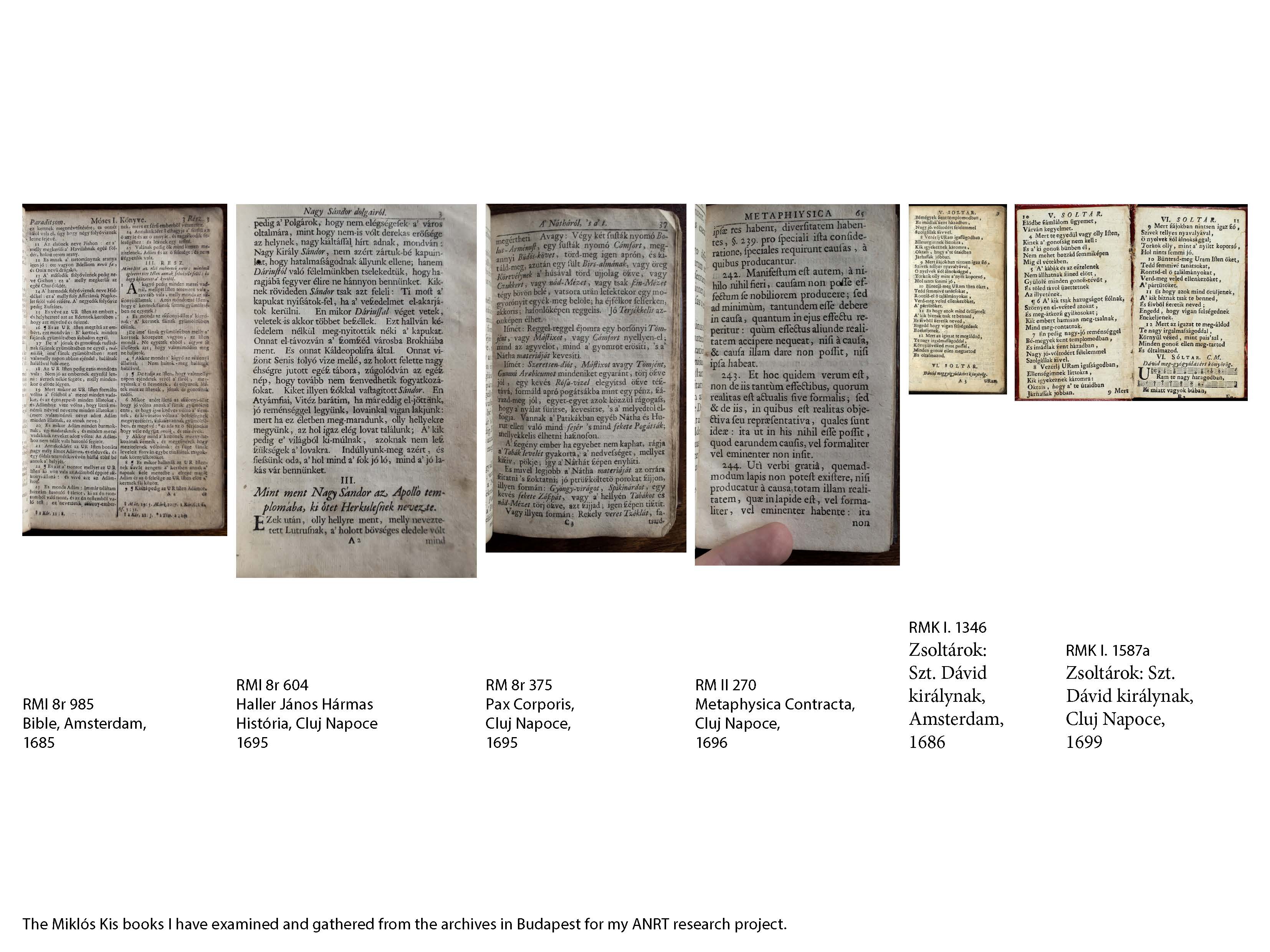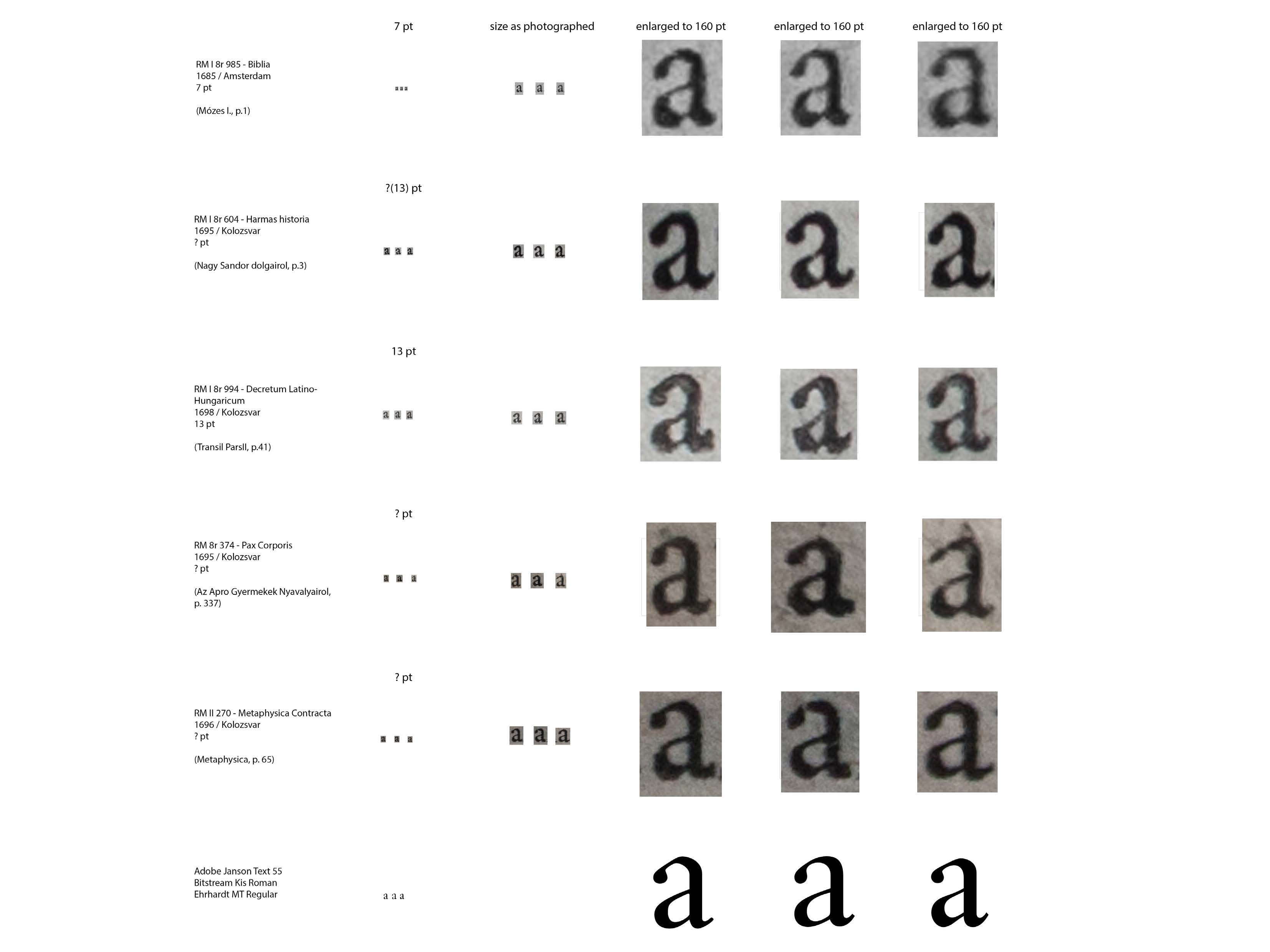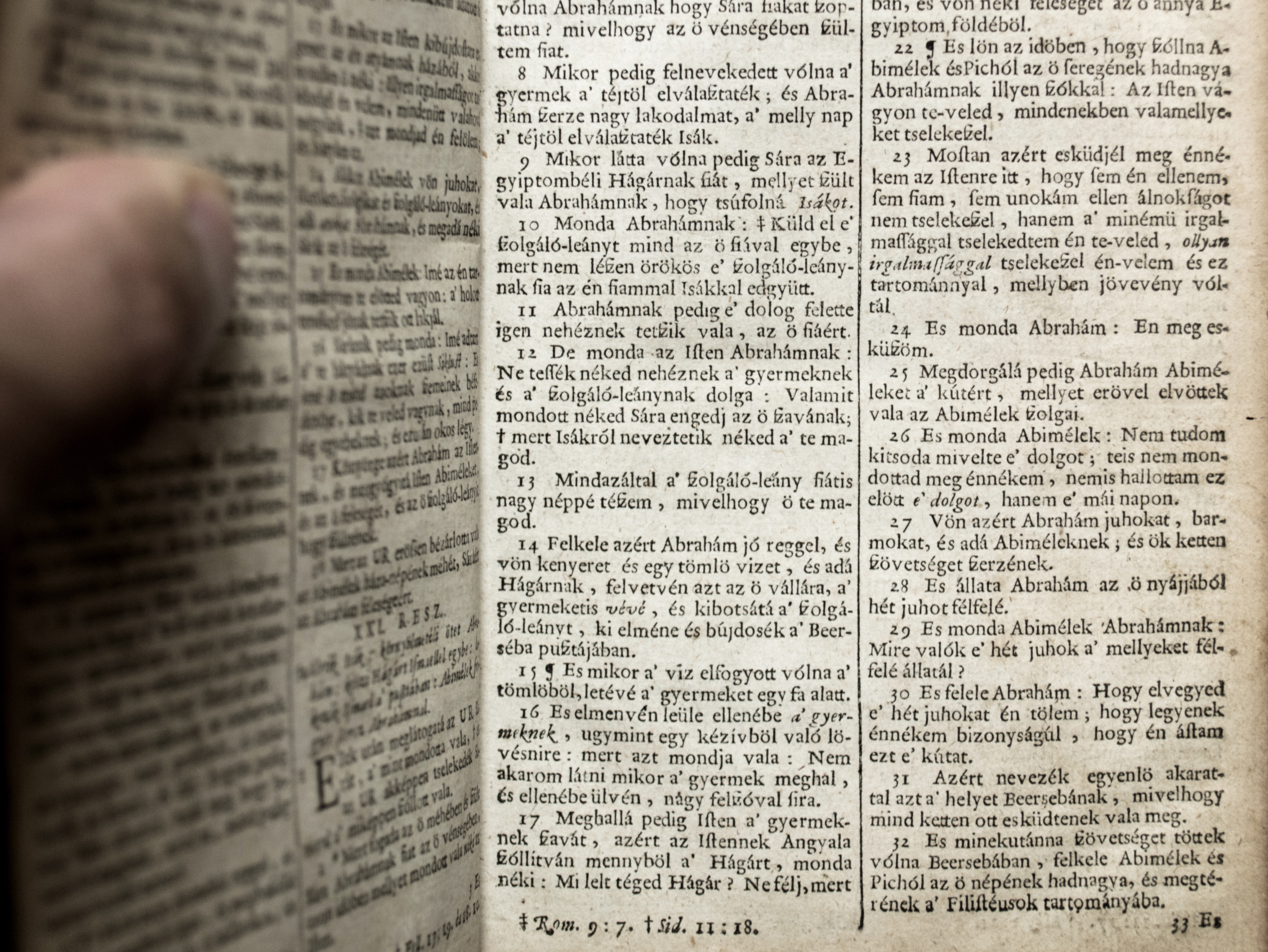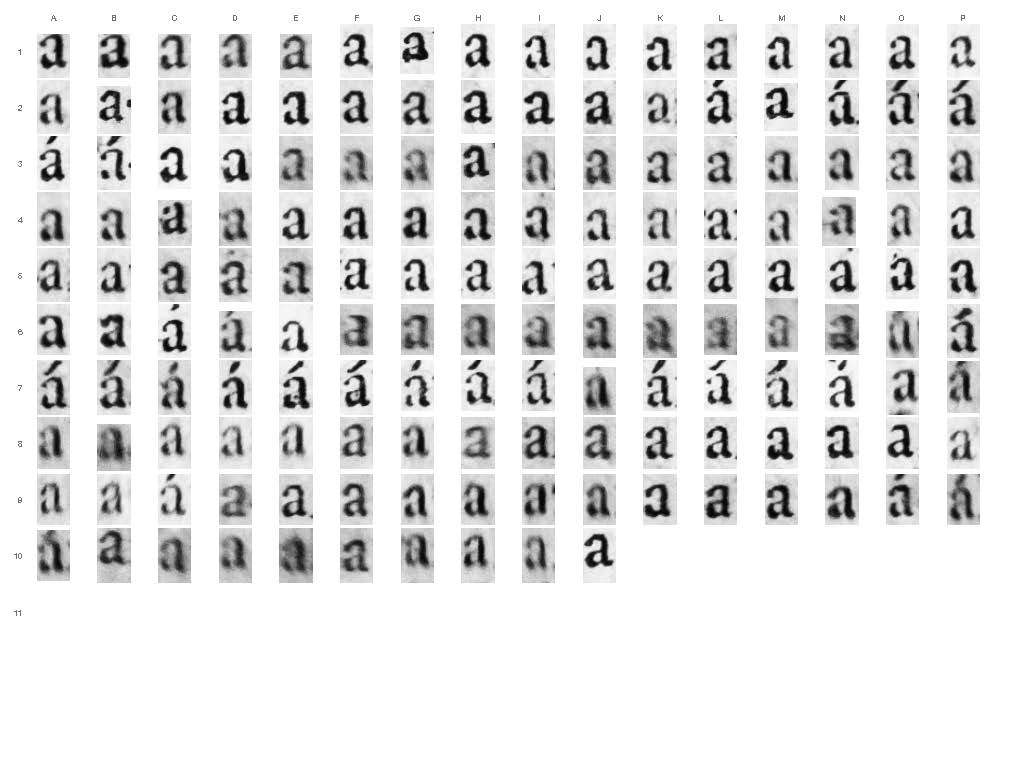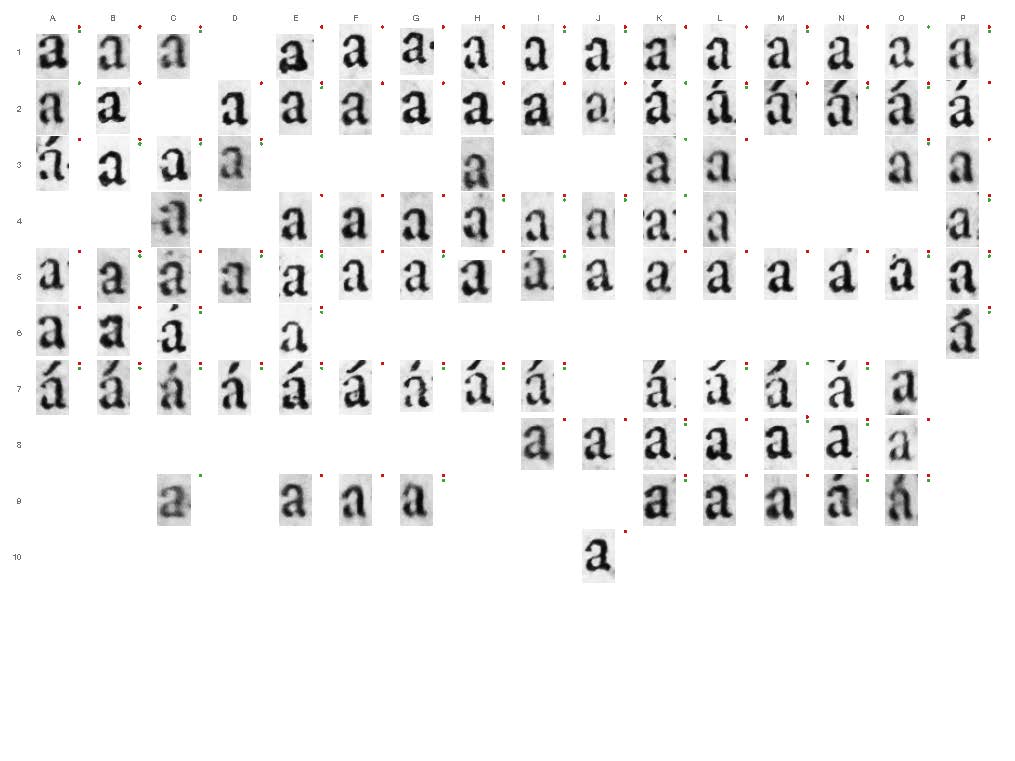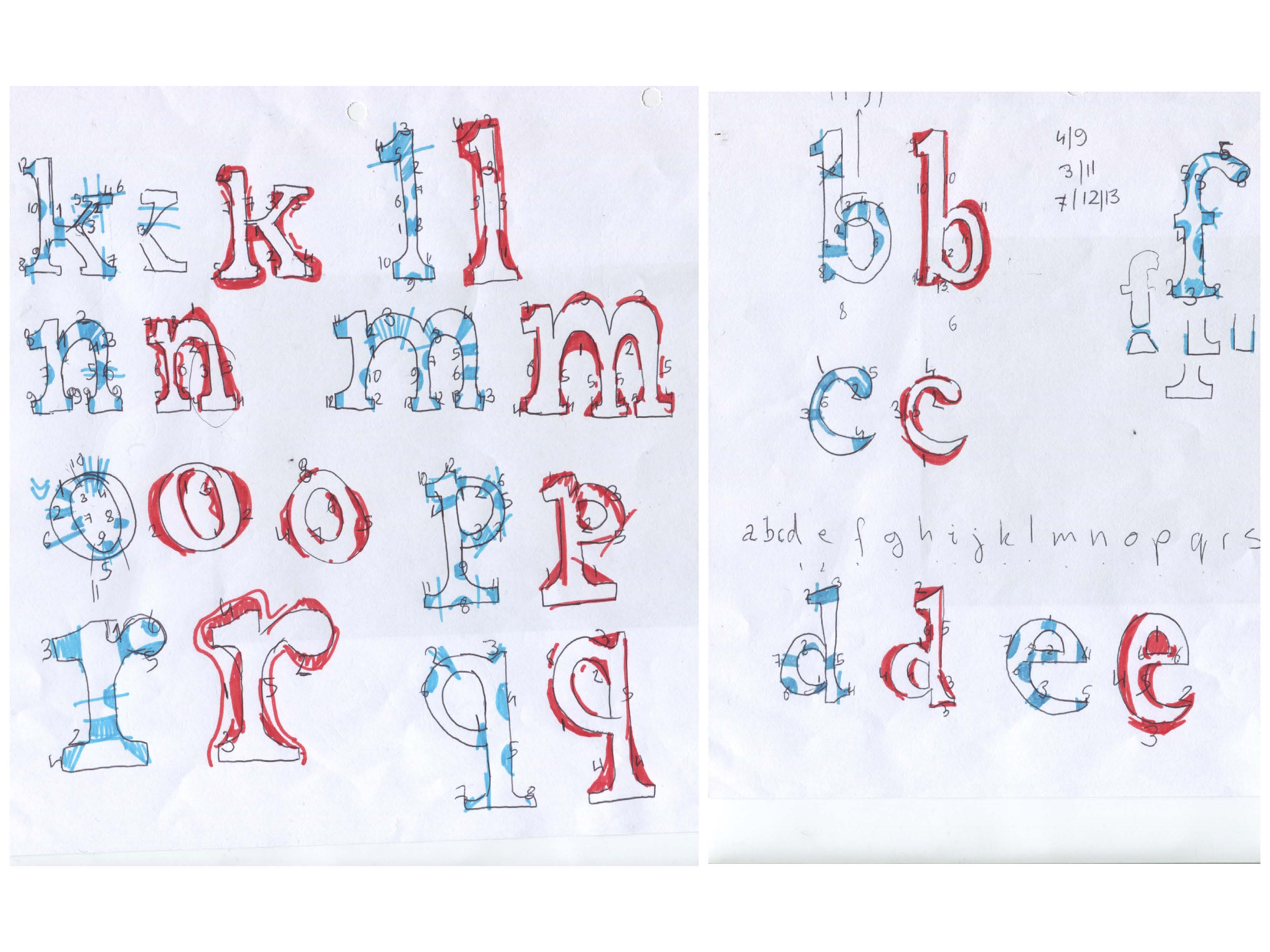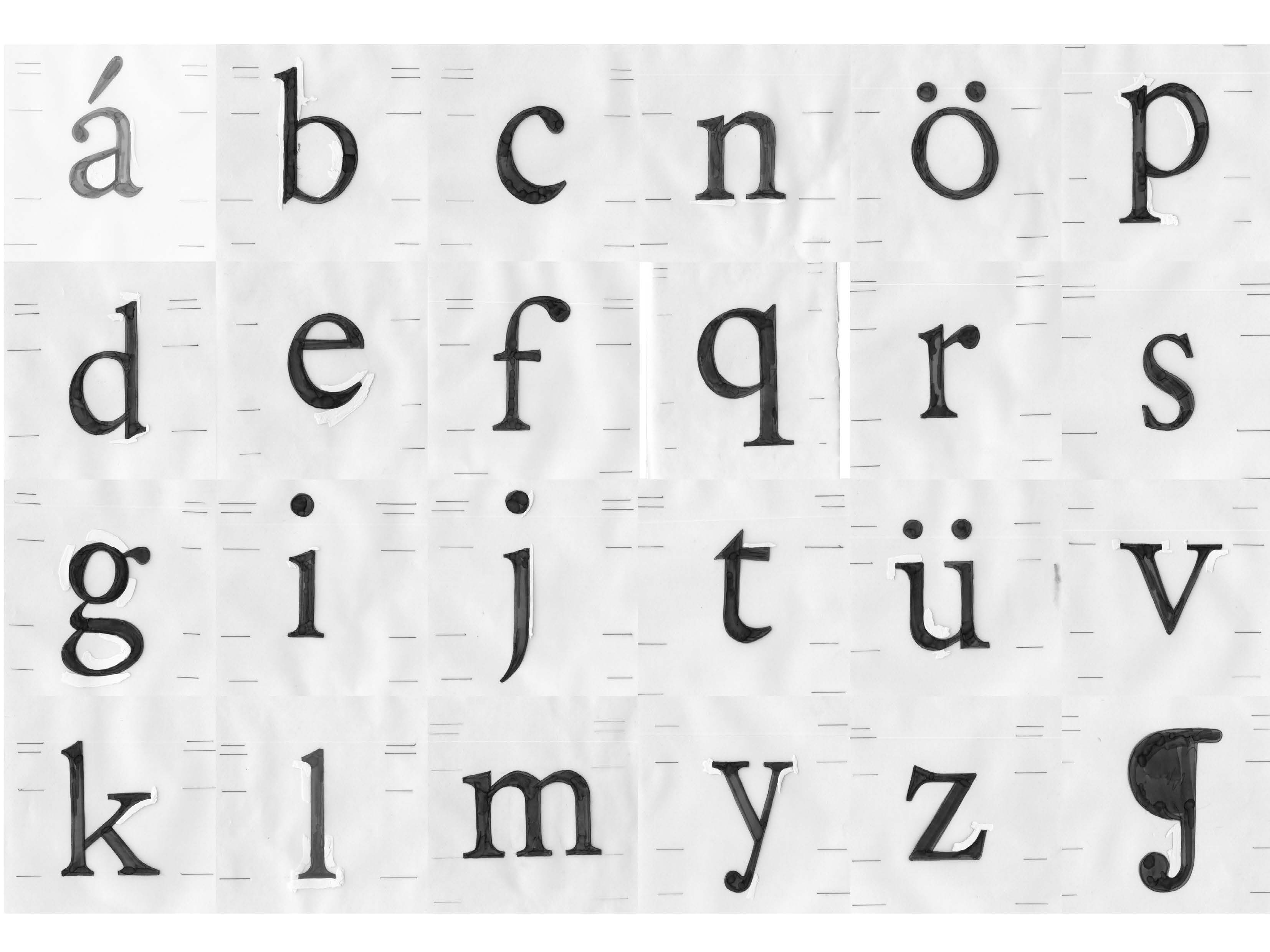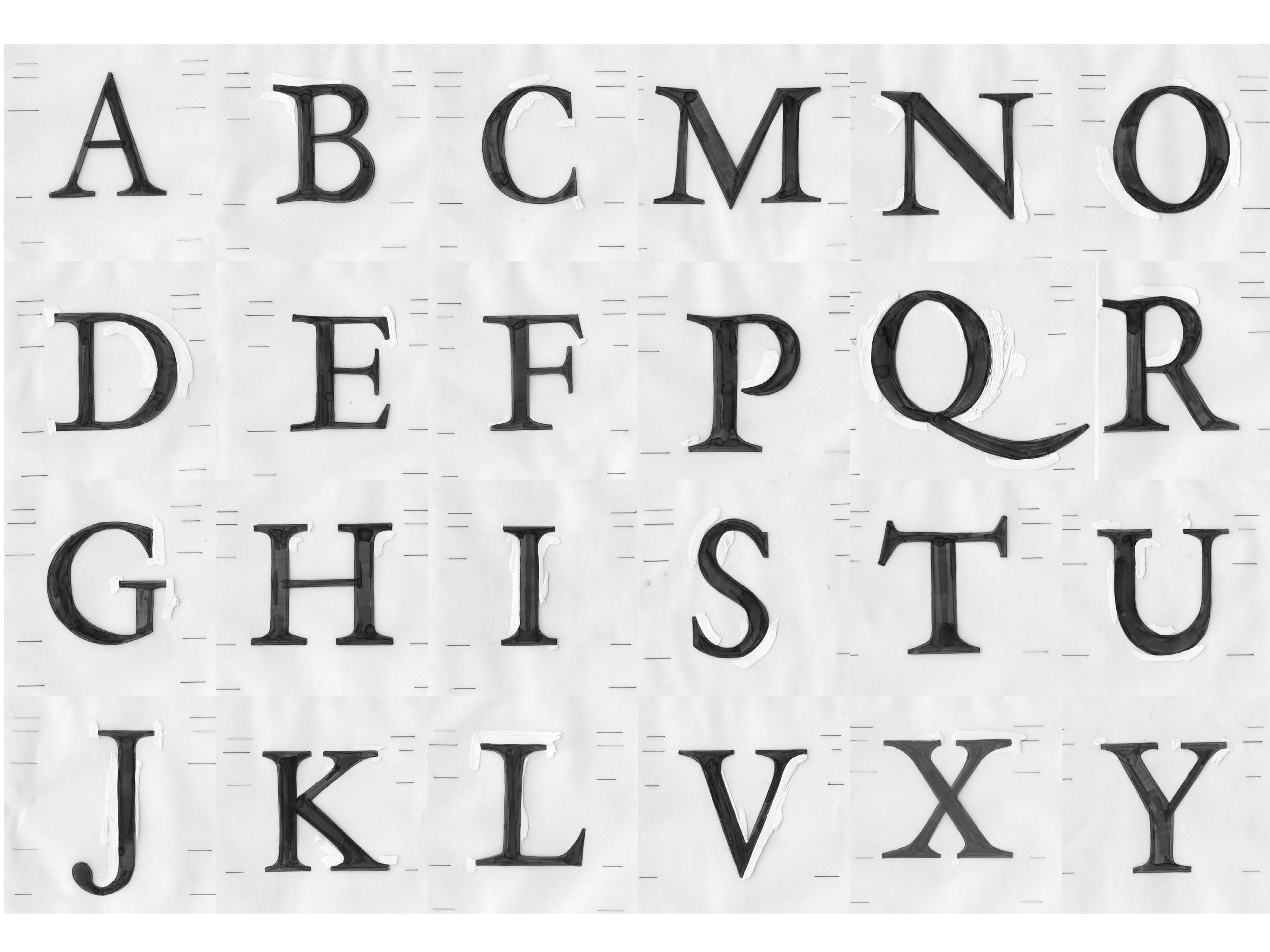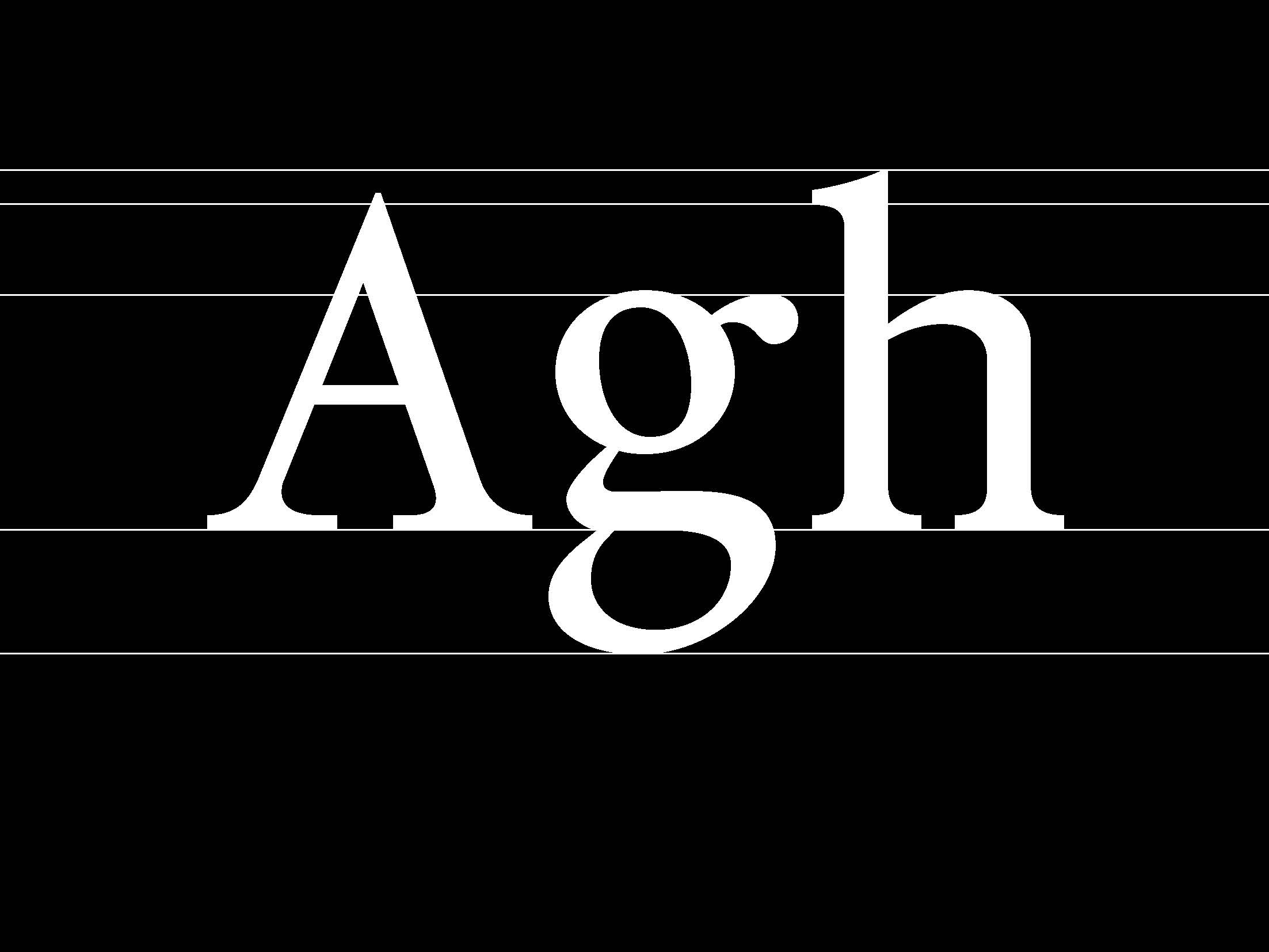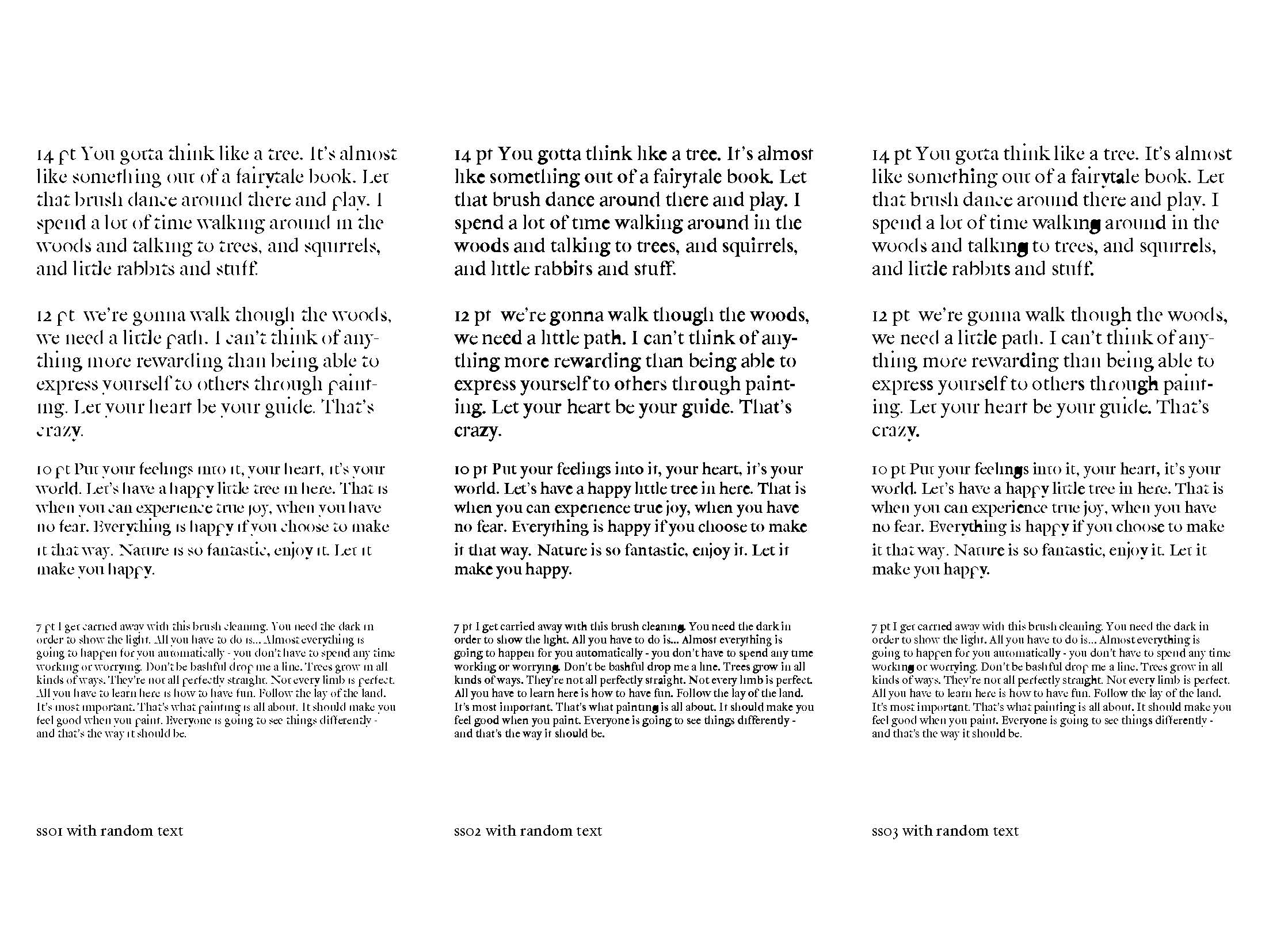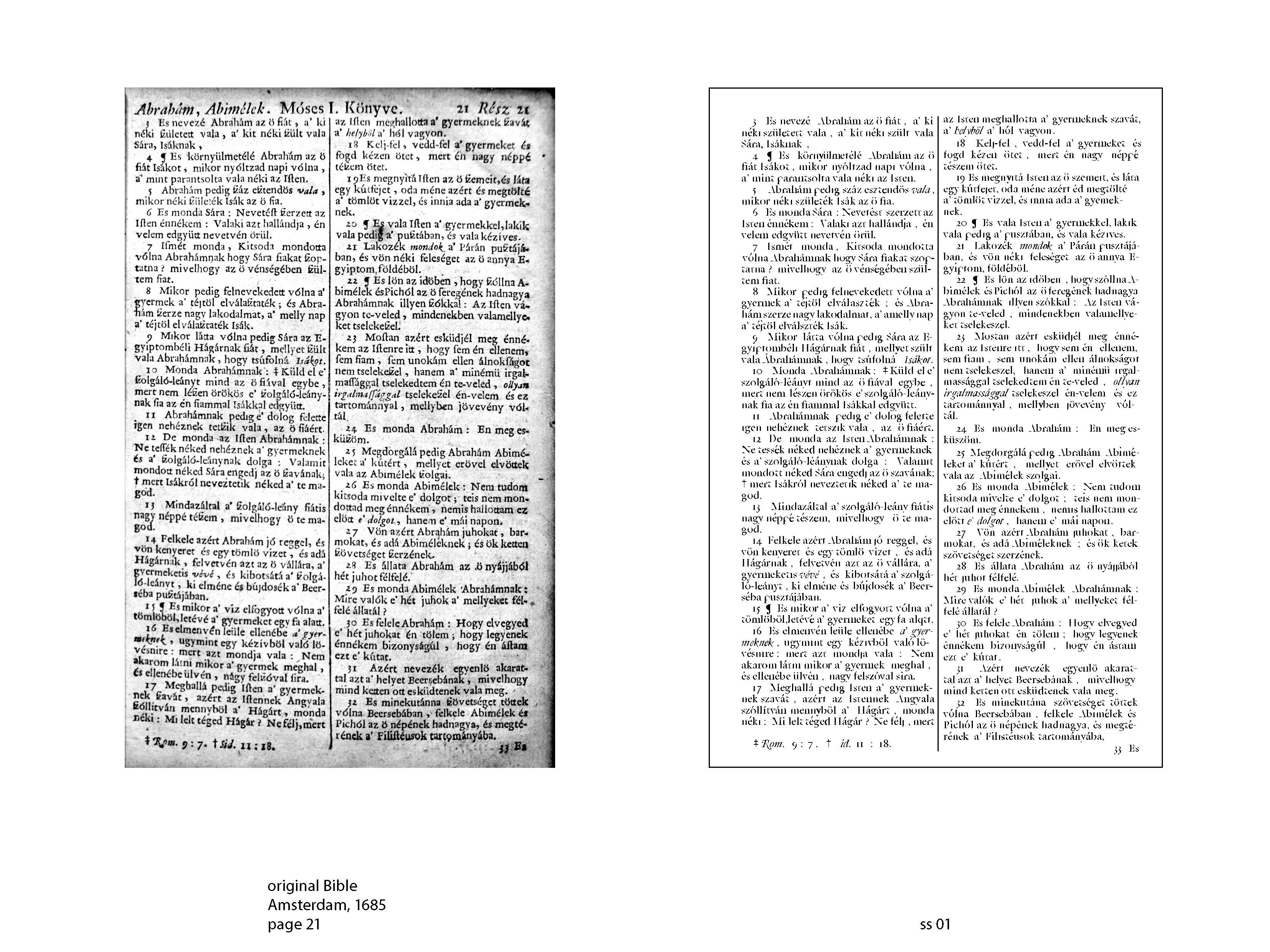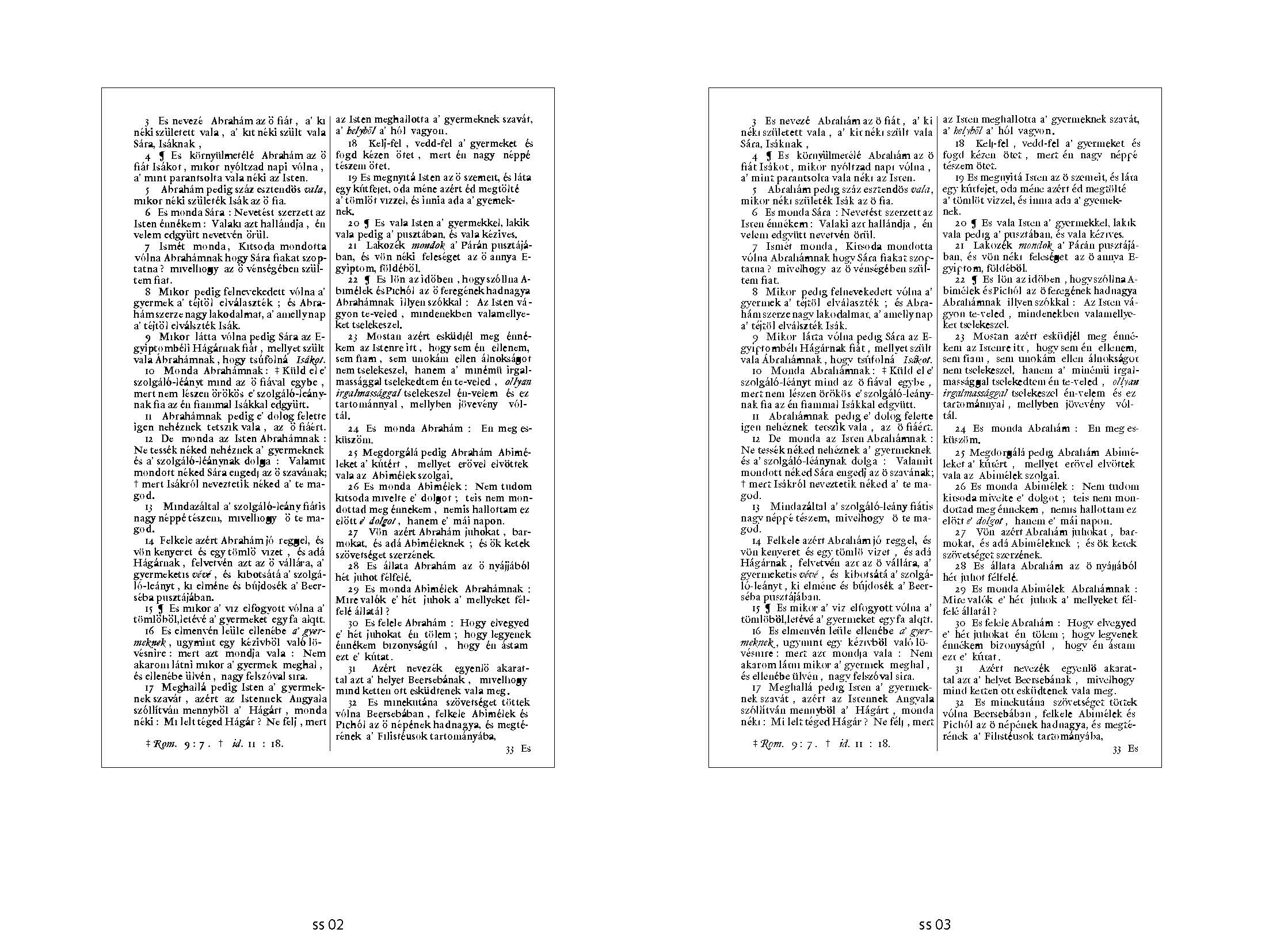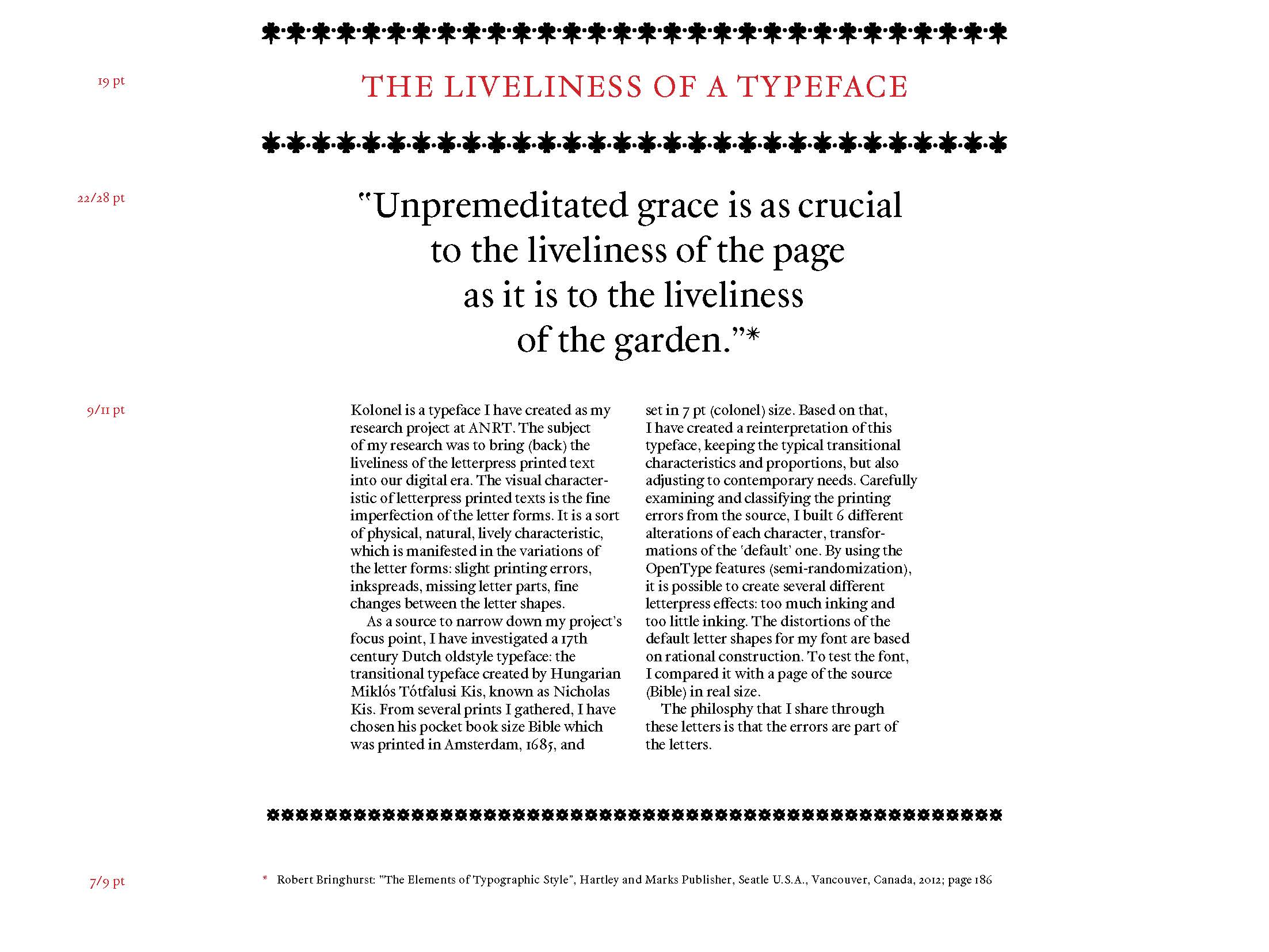Le grain du texte imprimé
Miklós Ferencz zoomThis research deals with an impossible aim and an unfair story at the same time. The unreachable goal was to recreate the typographic liveliness of the letterpress print in a digital font; and on the other hand the injustice was that the typeface of Miklós Kis was for long time attributed incorrectly to Anton Janson. Kolonel is not a revival font: the goal was to give back its proper voice to a typeface, a voice with a diverse tone range, at a time when our tools don’t allow any imperfections. The question was, how to create randomized liveliness with a digital tool, knowing that digital tools intend to uniformize typographic characters. Digital fonts are not used in letterpress printing, therefore they stay immutable, thanks the printing quality we have today. I have chosen the font of the Bible designed by Miklós Kis. This Bible is stored in Budapest, it shows a number of printing errors and varying type color. I used these attributes to build my survey on form variations. I then started collecting the marks, investigating these signs, these clues that reveal what makes a text lively, what gives it its consistency and is specific to a book. Little by little, I was able to recreate and classify the different types of accidents, therefore I could create a type body which fluctuates between two coordinates. At one end, the absence, the lack of ink, and on the other end its excess. Between the two, a range going from partial letters to the opposite, over inked ones.
The six variations of my type family can work with alternates which increase the variables with eleven stylistic sets, generating the programmed randomness. Very much like a piano sonata played in the way of John Cage with a prepared piano, fitted with nails and rubbers. This work goes against the idea of progress. Even though I used sophisticated programming technics and variables for the shapes, I didn’t do so with the intention to achieve some kind of progress, but the opposite, to try to bring back something which we have lost in (printed) texts since the disappearance of analog printing techniques.
